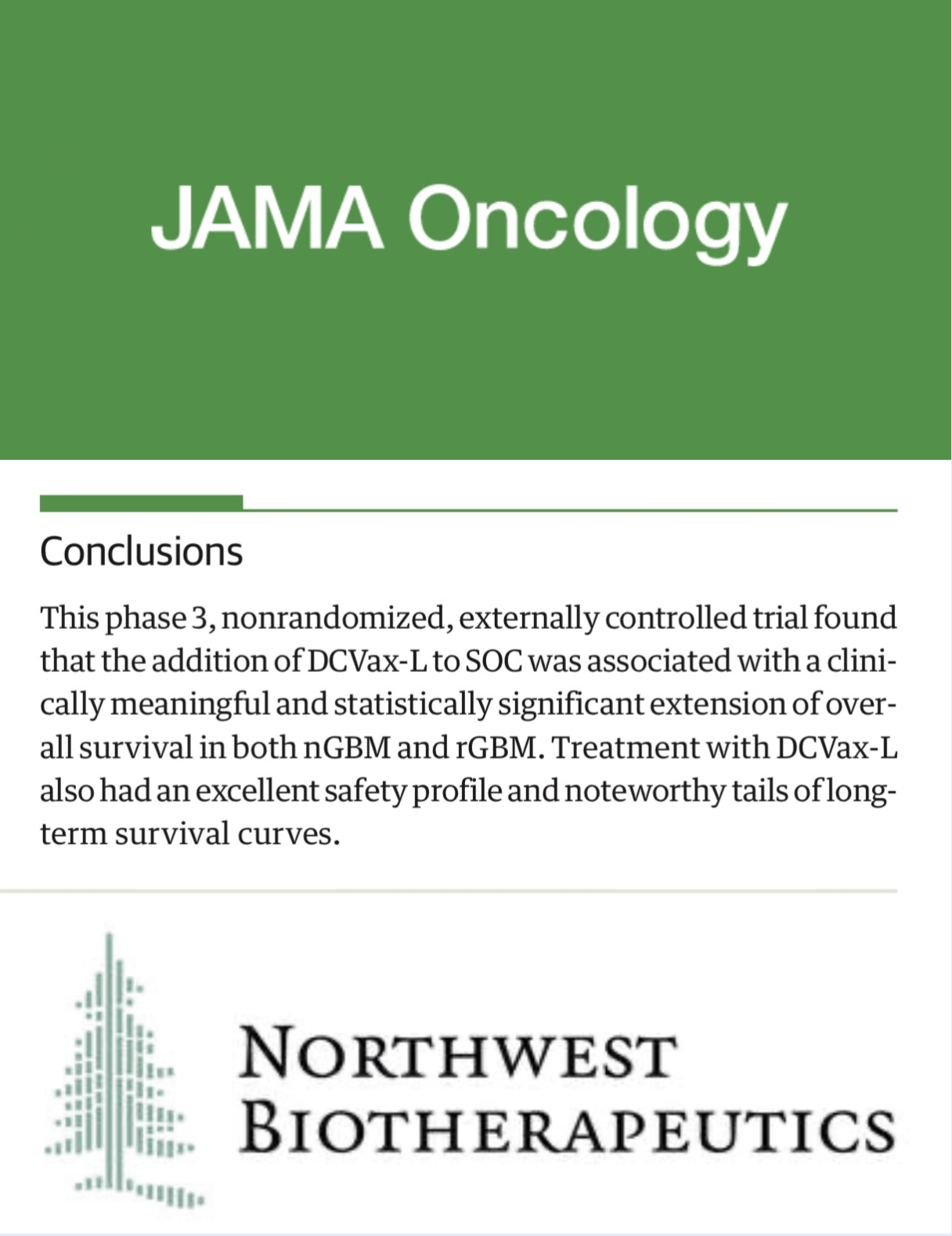Oral Microbiome and Subsequent Risk of Head and Neck Squamous Cell Cancer.
IF 22.5
1区 医学
Q1 ONCOLOGY
引用次数: 0
Abstract
Importance The oral microbiota may be involved in development of head and neck squamous cell cancer (HNSCC), yet current evidence is largely limited to bacterial 16S amplicon sequencing or small retrospective case-control studies. Objective To test whether oral bacterial and fungal microbiomes are associated with subsequent risk of HNSCC development. Design, Setting, and Participants Prospective nested case-control study among participants providing oral samples in 3 epidemiological cohorts, the American Cancer Society Cancer Prevention Study II Nutrition Cohort, the Prostate, Lung, Colorectal, and Ovarian Cancer Screening Trial, and the Southern Community Cohort Study. Two hundred thirty-six patients who prospectively developed HNSCC were identified during a mean (SD) of 5.1 (3.6) years of follow-up. Control participants who remained HNSCC free were selected by 2:1 frequency matching on cohort, age, sex, race and ethnicity, and time since oral sample collection. Data analysis was conducted in 2023. Exposures Characterization of the oral bacterial microbiome using whole-genome shotgun sequencing and the oral fungal microbiome using internal transcribed spacer sequencing. Association of bacterial and fungal taxa with HNSCC was assessed by analysis of compositions of microbiomes with bias correction. Association with red and orange oral pathogen complexes was tested by logistic regression. A microbial risk score for HNSCC risk was calculated from risk-associated microbiota. Main Outcomes and Measures The primary outcome was HNSCC incidence. Results The study included 236 HNSCC case participants with a mean (SD) age of 60.9 (9.5) years and 24.6% women during a mean of 5.1 (3.6) years of follow-up, and 485 matched control participants. Overall microbiome diversity at baseline was not related to subsequent HNSCC risk; however 13 oral bacterial species were found to be differentially associated with development of HNSCC. The species included the newly identified Prevotella salivae, Streptococcus sanguinis, and Leptotrichia species, as well as several species belonging to beta and gamma Proteobacteria. The red/orange periodontal pathogen complex was moderately associated with HNSCC risk (odds ratio, 1.06 per 1 SD; 95% CI, 1.00-1.12). A 1-SD increase in microbial risk score (created based on 22 bacteria) was associated with a 50% increase in HNSCC risk (multivariate odds ratio, 1.50; 95% CI, 1.21-1.85). No fungal taxa associated with HNSCC risk were identified. Conclusions and Relevance This case-control study yielded compelling evidence that oral bacteria are a risk factor for HNSCC development. The identified bacteria and bacterial complexes hold promise, along with other risk factors, to identify high-risk individuals for personalized prevention of HNSCC.口腔微生物群与罹患头颈部鳞状细胞癌的后续风险
重要性口腔微生物群可能与头颈部鳞状细胞癌(HNSCC)的发病有关,但目前的证据主要局限于细菌 16S 扩增子测序或小型回顾性病例对照研究。目的检测口腔细菌和真菌微生物群是否与 HNSCC 的后续发病风险有关。设计、地点和参与者在3个流行病学队列(美国癌症协会癌症预防研究II营养队列、前列腺癌、肺癌、结直肠癌和卵巢癌筛查试验以及南方社区队列研究)中提供口腔样本的参与者中进行前瞻性嵌套病例对照研究。在平均(标清)5.1(3.6)年的随访期间,共发现 236 名患者前瞻性地患上了 HNSCC。根据队列、年龄、性别、种族和民族以及口腔样本采集时间进行 2:1 频率匹配,选出了仍未患 HNSCC 的对照组参与者。数据分析于 2023 年进行。暴露使用全基因组枪式测序鉴定口腔细菌微生物组,使用内部转录间隔测序鉴定口腔真菌微生物组。细菌和真菌分类群与 HNSCC 的关系是通过分析微生物组的组成并进行偏差校正来评估的。通过逻辑回归检验了与红色和橙色口腔病原体复合物的关联性。主要结果和测量指标主要结果是HNSCC发病率。结果该研究纳入了236名HNSCC病例参与者(平均(标清)年龄为60.9(9.5)岁,24.6%为女性,平均随访5.1(3.6)年)和485名匹配的对照参与者。基线时的总体微生物组多样性与随后的 HNSCC 风险无关;但发现 13 种口腔细菌与 HNSCC 的发生有不同程度的关联。这些物种包括新发现的唾液普雷沃特氏菌、血清链球菌和Leptotrichia物种,以及属于β和γ变形菌的几个物种。红色/橙色牙周病原体复合体与 HNSCC 风险呈中度相关(几率比,1.06/1 SD;95% CI,1.00-1.12)。微生物风险评分(基于 22 种细菌)每增加 1 个标准差,HNSCC 风险就会增加 50%(多变量几率比:1.50;95% CI:1.21-1.85)。没有发现与 HNSCC 风险相关的真菌类群。已发现的细菌和细菌复合物有望与其他风险因素一起用于识别高危人群,以个性化预防 HNSCC。
本文章由计算机程序翻译,如有差异,请以英文原文为准。
求助全文
约1分钟内获得全文
求助全文
来源期刊

JAMA Oncology
Medicine-Oncology
自引率
1.80%
发文量
423
期刊介绍:
JAMA Oncology is an international peer-reviewed journal that serves as the leading publication for scientists, clinicians, and trainees working in the field of oncology. It is part of the JAMA Network, a collection of peer-reviewed medical and specialty publications.
 求助内容:
求助内容: 应助结果提醒方式:
应助结果提醒方式:


